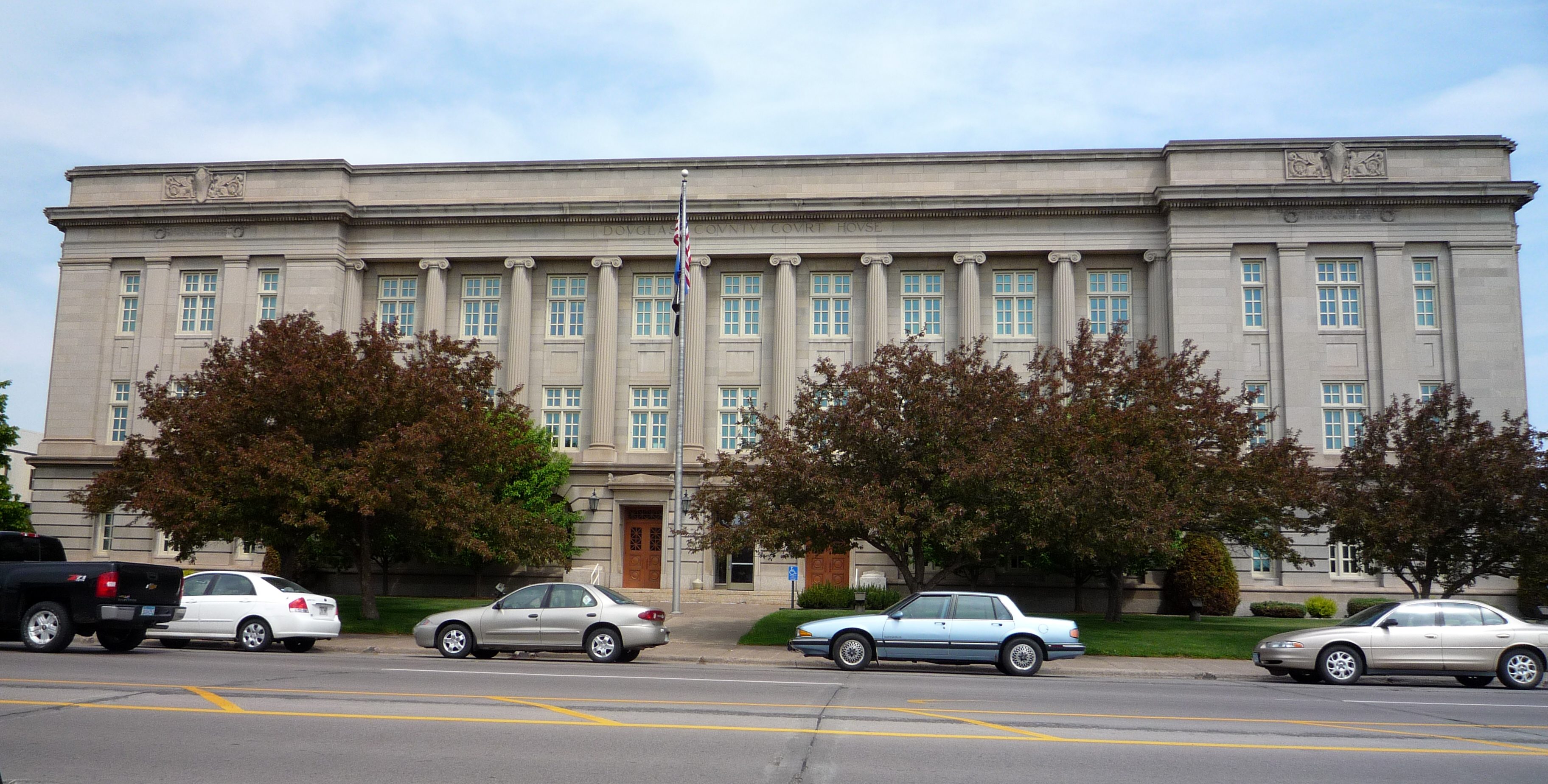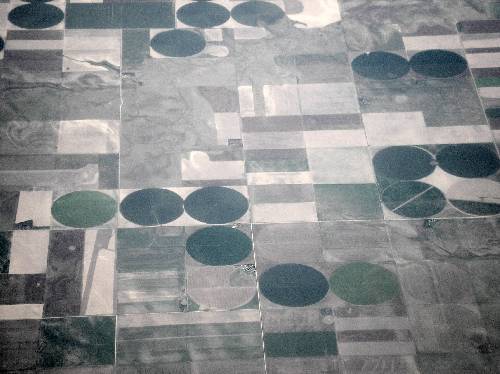|
Roosevelt, Taylor County, Wisconsin
Roosevelt is a town in Taylor County, Wisconsin, United States. The population was 444 at the 2000 census. The village of Lublin lies within the town of Roosevelt. The unincorporated community of Bellinger is also located partially in the town. Geography According to the United States Census Bureau, the town has a total area of 34.5 square miles (89.4 km2), of which, 34.4 square miles (89.1 km2) of it is land and 0.1 square miles (0.3 km2) of it (0.38%) is water. On the east edge of Roosevelt is Diamond Lake, a Wisconsin State Natural Area, which is managed as an ecological reference area. History In July 1847 a crew working for the U.S. government surveyed the boundaries of the six mile square which would become Roosevelt. Then in June 1854 another crew marked all the section corners in the township, walking through the woods and swamps, measuring with chain and compass. When done, the deputy surveyor filed this general description: ''The Surface ... [...More Info...] [...Related Items...] OR: [Wikipedia] [Google] [Baidu] |
Town
A town is a human settlement. Towns are generally larger than villages and smaller than city, cities, though the criteria to distinguish between them vary considerably in different parts of the world. Origin and use The word "town" shares an origin with the German language, German word , the Dutch language, Dutch word , and the Old Norse . The original Proto-Germanic language, Proto-Germanic word, *''tūnan'', is thought to be an early borrowing from Proto-Celtic language, Proto-Celtic *''dūnom'' (cf. Old Irish , Welsh language, Welsh ). The original sense of the word in both Germanic and Celtic was that of a fortress or an enclosure. Cognates of ''town'' in many modern Germanic languages designate a fence or a hedge. In English and Dutch, the meaning of the word took on the sense of the space which these fences enclosed, and through which a track must run. In England, a town was a small community that could not afford or was not allowed to build walls or other larger fort ... [...More Info...] [...Related Items...] OR: [Wikipedia] [Google] [Baidu] |
Gunter's Chain
Gunter's chain (also known as Gunter’s measurement) is a distance measuring device used for surveying. It was designed and introduced in 1620 by English clergyman and mathematician Edmund Gunter (1581–1626). It enabled plots of land to be accurately surveyed and plotted, for legal and commercial purposes. Gunter developed an actual measuring chain of 100 links. These, the chain and the link, became statutory measures in England and subsequently the British Empire. Description The chain is divided into 100 links, usually marked off into groups of 10 by brass rings or tags which simplify intermediate measurement. Each link is thus long. A quarter chain, or 25 links, measures and thus measures a rod (or pole). Ten chains measure a furlong and 80 chains measure a statute mile. Gunter's chain reconciled two seemingly incompatible systems: the traditional English land measurements, based on the number four, and decimals based on the number 10. Since an acre measured 10 ... [...More Info...] [...Related Items...] OR: [Wikipedia] [Google] [Baidu] |
Marriage
Marriage, also called matrimony or wedlock, is a culturally and often legally recognized union between people called spouses. It establishes rights and obligations between them, as well as between them and their children, and between them and their in-laws. It is considered a cultural universal, but the definition of marriage varies between cultures and religions, and over time. Typically, it is an institution in which interpersonal relationships, usually sexual, are acknowledged or sanctioned. In some cultures, marriage is recommended or considered to be compulsory before pursuing any sexual activity. A marriage ceremony is called a wedding. Individuals may marry for several reasons, including legal, social, libidinal, emotional, financial, spiritual, and religious purposes. Whom they marry may be influenced by gender, socially determined rules of incest, prescriptive marriage rules, parental choice, and individual desire. In some areas of the world, arranged ... [...More Info...] [...Related Items...] OR: [Wikipedia] [Google] [Baidu] |
White (U
White is the lightest color and is achromatic (having no hue). It is the color of objects such as snow, chalk, and milk, and is the opposite of black. White objects fully reflect and scatter all the visible wavelengths of light. White on television and computer screens is created by a mixture of red, blue, and green light. The color white can be given with white pigments, especially titanium dioxide. In ancient Egypt and ancient Rome, priestesses wore white as a symbol of purity, and Romans wore white togas as symbols of citizenship. In the Middle Ages and Renaissance a white unicorn symbolized chastity, and a white lamb sacrifice and purity. It was the royal color of the kings of France, and of the monarchist movement that opposed the Bolsheviks during the Russian Civil War (1917–1922). Greek and Roman temples were faced with white marble, and beginning in the 18th century, with the advent of neoclassical architecture, white became the most common color of new c ... [...More Info...] [...Related Items...] OR: [Wikipedia] [Google] [Baidu] |
Population Density
Population density (in agriculture: Stock (other), standing stock or plant density) is a measurement of population per unit land area. It is mostly applied to humans, but sometimes to other living organisms too. It is a key geographical term.Matt RosenberPopulation Density Geography.about.com. March 2, 2011. Retrieved on December 10, 2011. In simple terms, population density refers to the number of people living in an area per square kilometre, or other unit of land area. Biological population densities Population density is population divided by total land area, sometimes including seas and oceans, as appropriate. Low densities may cause an extinction vortex and further reduce fertility. This is called the Allee effect after the scientist who identified it. Examples of the causes of reduced fertility in low population densities are * Increased problems with locating sexual mates * Increased inbreeding Human densities Population density is the number of people pe ... [...More Info...] [...Related Items...] OR: [Wikipedia] [Google] [Baidu] |
Census
A census is the procedure of systematically acquiring, recording and calculating information about the members of a given population. This term is used mostly in connection with national population and housing censuses; other common censuses include censuses of agriculture, traditional culture, business, supplies, and traffic censuses. The United Nations (UN) defines the essential features of population and housing censuses as "individual enumeration, universality within a defined territory, simultaneity and defined periodicity", and recommends that population censuses be taken at least every ten years. UN recommendations also cover census topics to be collected, official definitions, classifications and other useful information to co-ordinate international practices. The UN's Food and Agriculture Organization (FAO), in turn, defines the census of agriculture as "a statistical operation for collecting, processing and disseminating data on the structure of agriculture, coverin ... [...More Info...] [...Related Items...] OR: [Wikipedia] [Google] [Baidu] |
Superior, Wisconsin
, native_name_lang = oj , nickname = , total_type = , motto = , image_skyline = Tower Avenue.jpg , imagesize = , image_caption = Downtown Superior , image_flag = , flag_size = , image_seal = , seal_size = , image_shield = , shield_size = , image_blank_emblem = , blank_emblem_type = , blank_emblem_size = , pushpin_map = Wisconsin , pushpin_label_position = , pushpin_map_caption = Location of the city of Superiorin Douglas County, Wisconsin , pushpin_mapsize = , subdivision_type = Country , subdivision_name = United States , subdivision_type1 = State , subdivision_name1 = Wisconsin , subdivision_type2 = County , subdivision_name2 = Douglas , seat_type = , seat = , parts_type ... [...More Info...] [...Related Items...] OR: [Wikipedia] [Google] [Baidu] |
Ladysmith, Wisconsin
Ladysmith is a city and the county seat of Rusk County, Wisconsin, United States. The population was 3,414 at the 2010 census. History The Ojibwe who travelled the Flambeau River called the area that would become Ladysmith ''Gakaabikijiwanan'' ("of cliffed rapids"). The city was founded in 1885 at the intersection of the Minneapolis, St. Paul and Sault Ste. Marie Railroad (Soo Line) with the Flambeau River, initially named ''Flambeau Falls''. Robert Corbett, a logging and lumbering entrepreneur who was a strong influence on the city in its early years, renamed it Corbett, then Warner in 1891, and then Ladysmith on July 1, 1900, after the bride of Charles R. Smith, head of the Menasha Wooden Ware Co. Flambeau Mine The Flambeau Copper Mine was operated by Kennecott from 1993 to 1997. This was a very rich volcanogenic massive sulfide ore deposit, so rich that the ore was shipped directly to the smelter. Flambeau has since been closed and the site reclaimed. 2002 tornado ... [...More Info...] [...Related Items...] OR: [Wikipedia] [Google] [Baidu] |
Wisconsin Central Railway (1897–1954)
The Wisconsin Central Railway Company was created in 1897 when the Wisconsin Central Railroad (1871–99) was reorganized from bankruptcy. In 1954, it reverted to the name Wisconsin Central Railroad Company. The railroad was merged into the Soo Line Railroad in 1961. History After a proposed merger with Northern Pacific Railway fell through in 1908, Wisconsin Central was leased by the Minneapolis, St. Paul and Sault Ste. Marie Railroad, the "Old" Soo Line, in 1909. Controlling interest in the Soo Line, along with Wisconsin Central, was held by the Canadian Pacific Railway. Wisconsin Central entered receivership in 1932, declared bankruptcy in 1944, and finally re-emerged from administration in 1954 as the Wisconsin Central Railroad. It was entirely merged into the new Soo Line Railroad in 1961, which acquired the Milwaukee Road in 1985 and was usurped into the Canadian Pacific Railway in 1990. See also Waupaca Railroad Depot Waupaca Railroad Depot originally called the Wi ... [...More Info...] [...Related Items...] OR: [Wikipedia] [Google] [Baidu] |
Farm In Roosevelt Wisc
A farm (also called an agricultural holding) is an area of land that is devoted primarily to agricultural processes with the primary objective of producing food and other crops; it is the basic facility in food production. The name is used for specialized units such as arable farms, vegetable farms, fruit farms, dairy, pig and poultry farms, and land used for the production of natural fiber, biofuel and other commodities. It includes ranches, feedlots, orchards, plantations and estates, smallholdings and hobby farms, and includes the farmhouse and agricultural buildings as well as the land. In modern times the term has been extended so as to include such industrial operations as wind farms and fish farms, both of which can operate on land or sea. There are about 570 million farms in the world, most of which are small and family-operated. Small farms with a land area of fewer than 2 hectares operate about 1% of the world's agricultural land, and family farms comprise about 7 ... [...More Info...] [...Related Items...] OR: [Wikipedia] [Google] [Baidu] |
Eau Claire River (Chippewa River Tributary)
The Eau Claire River is a tributary of the Chippewa River in west-central Wisconsin in the United States. It is one of three rivers by this name in Wisconsin. Via the Chippewa River, it is part of the Mississippi River watershed. Its name is the French translation from the Ojibwe ''Wayaa-gonaatigweyaa-ziibi'' (Clear potable-water River). Course The Eau Claire River rises as two streams, the North Fork Eau Claire River and the South Fork Eau Claire River, both of which rise in southwestern Taylor County and flow generally southwestwardly through northeastern Clark and northwestern Eau Claire Counties. The North Fork is about 25 mi (40 km) long and flows past the village of Lublin; it collects the Wolf River in Eau Claire County. The South Fork is about 35 mi (56 km) long. From the convergence of its headwaters' forks, the Eau Claire River flows generally westwardly through northern Eau Claire County for about 40 mi (64 km), past the city of Al ... [...More Info...] [...Related Items...] OR: [Wikipedia] [Google] [Baidu] |
.jpg)







